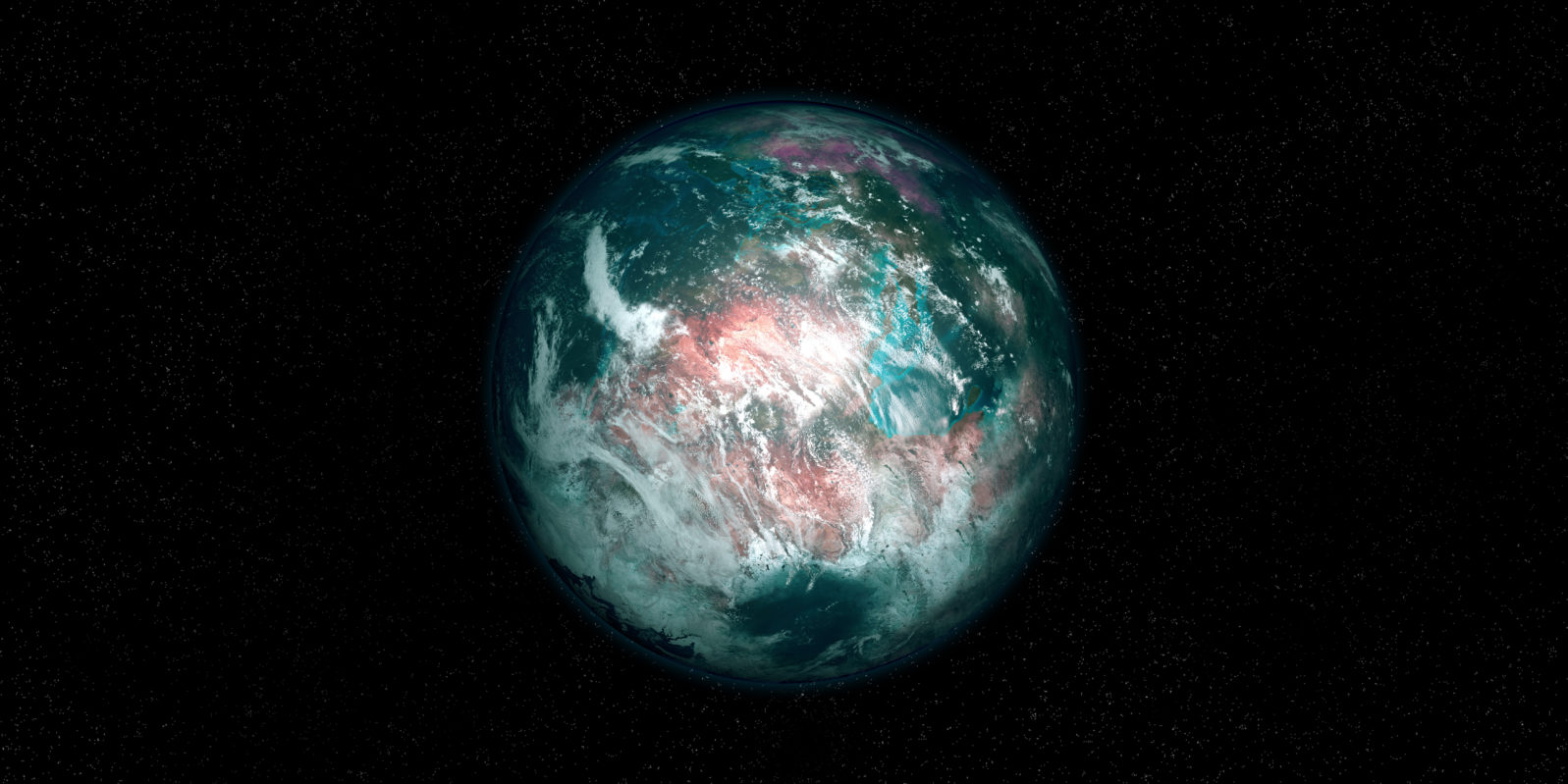Former Astronaut Names Planet He Thinks Most Likely To Have Life
Researchers now seek to narrow down the list of exoplanets for the James Webb Space Telescope to research from thousands to dozens, to avoid wasting timeFormer astronaut Chris Hadfield, with nearly 5000 known exoplanets to choose from, names Kepler-442b, 1200 light years from Earth, as an “excellent” one for the James Webb Space Telescope to have a look at:
An excellent planet for @NASAWebb to have a look at. https://t.co/AutXPXInJW
— Chris Hadfield (@Cmdr_Hadfield) February 19, 2022
At Futurism, Victor Tangermann explains that researchers now week to narrow down the list of exoplanets from thousands to dozens, to avoid wasting space telescope time:
In a paper published in The Astrophysical Journal in 2015, a team of astrobiologists argued that several exoplanets identified by NASA’s Kepler and K2 missions, including Kepler-442b, were highly likely to possess liquid surface water, like Earth.
“We ranked the known Kepler and K2 planets for habitability and found that several have larger values of H [the probability of it being terrestrial] than Earth,” reads the paper.
Victor Tangermann, “Former Astronaut Suggests Specific Planet for James Webb to Search for Life” at Futurism (February 23, 2022) The paper is open access.
Now, even if the James Webb Space Telescope found signatures of life on Kepler-442b, no one will be able to get there before about 3220 AD, unless we beat the speed of light or discover wormholes that work.
Might tidally locked planets have life-friendly zones?
All that said, some are willing to put in a word for less likely planets, including tidally locked ones, where one side always faces the “sun” star and the other always faces the darkness (our Moon is like that in relation to Earth):

As early as 1903, E. V. Heward suggested that between the night- and daysides of a tidally locked planet, “there must lie a wide zone of subdued rose-flushed twilight” [Heward, 1903]. This eternally twilit region could be warm enough to prevent water from freezing but cool enough that it doesn’t evaporate, forming a climatic “Goldilocks zone” where life could survive.
Such a planet could look something like an eye, with a hot, dry “pupil” on the side facing its host star that’s circled by a blue-green “iris,” indicating the presence of water and vegetation. There could also be icy eyelike planets whose surfaces are almost completely frozen, excepting a warm sea of meltwater facing the planet’s host star.
Caroline Hasler, “Tidally Locked and Loaded with Questions” at Eos (February 17, 2022)
At least the James Webb telescope gives us a shot at testing the theories.
You may also wish to read: How exoplanets have made the search for ET respectable. Recent years have seen a marked change from official skepticism to official curiosity, which includes more generous funding for the search. Even a top science journal, Nature, now sees false alarms simply as an opportunity to refine the search, currently focused on exoplanets.
and
Interstellar travel: The four top technologies for getting there. Astrophysicist Adam Frank looks at the technologies we meet in science fiction and identifies the challenges that hold them back. In a world where technology must confront fundamental physics, what are the chances and obstacles for cryosleep, light sails, wormholes, and warp drives?
